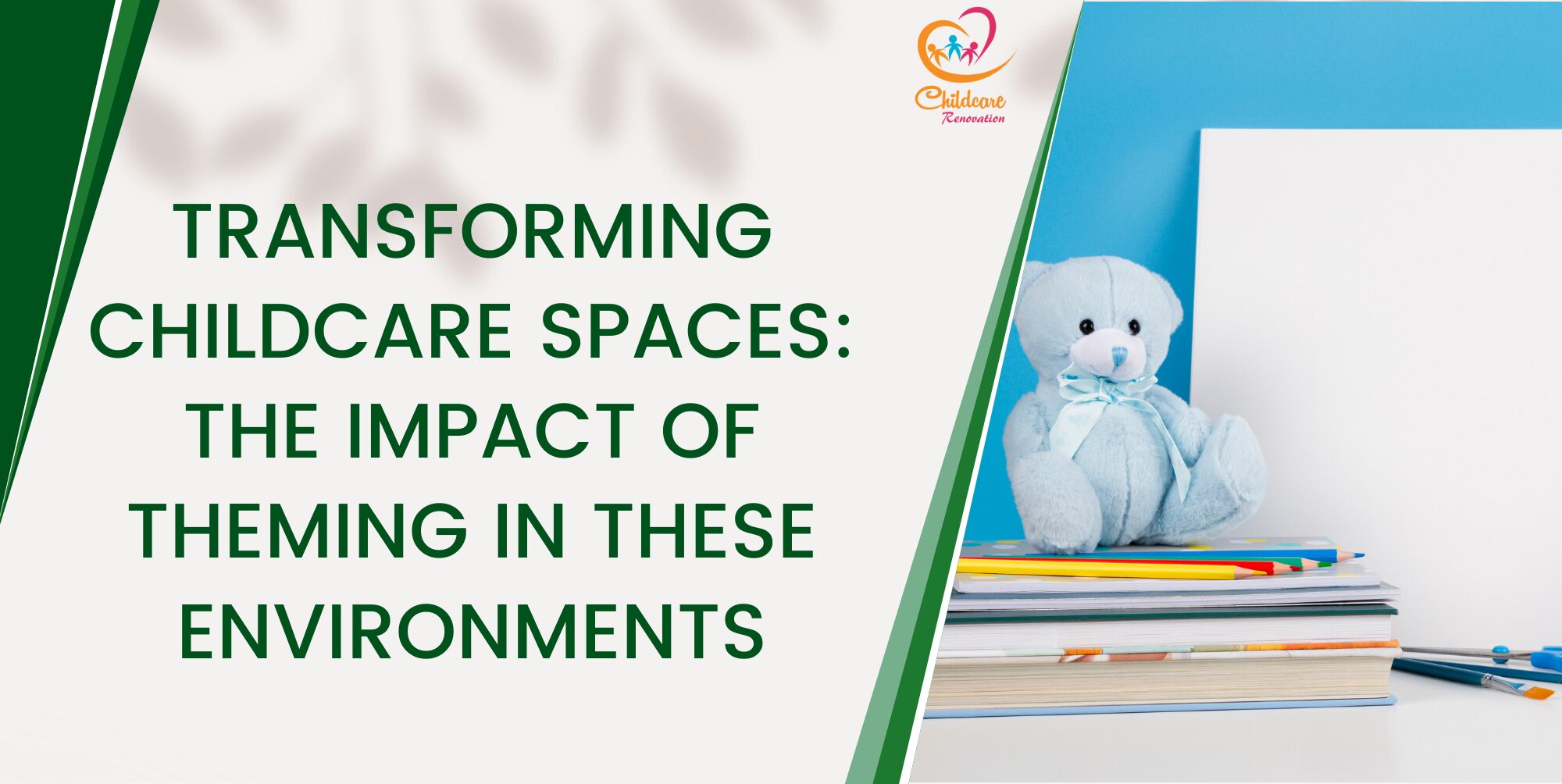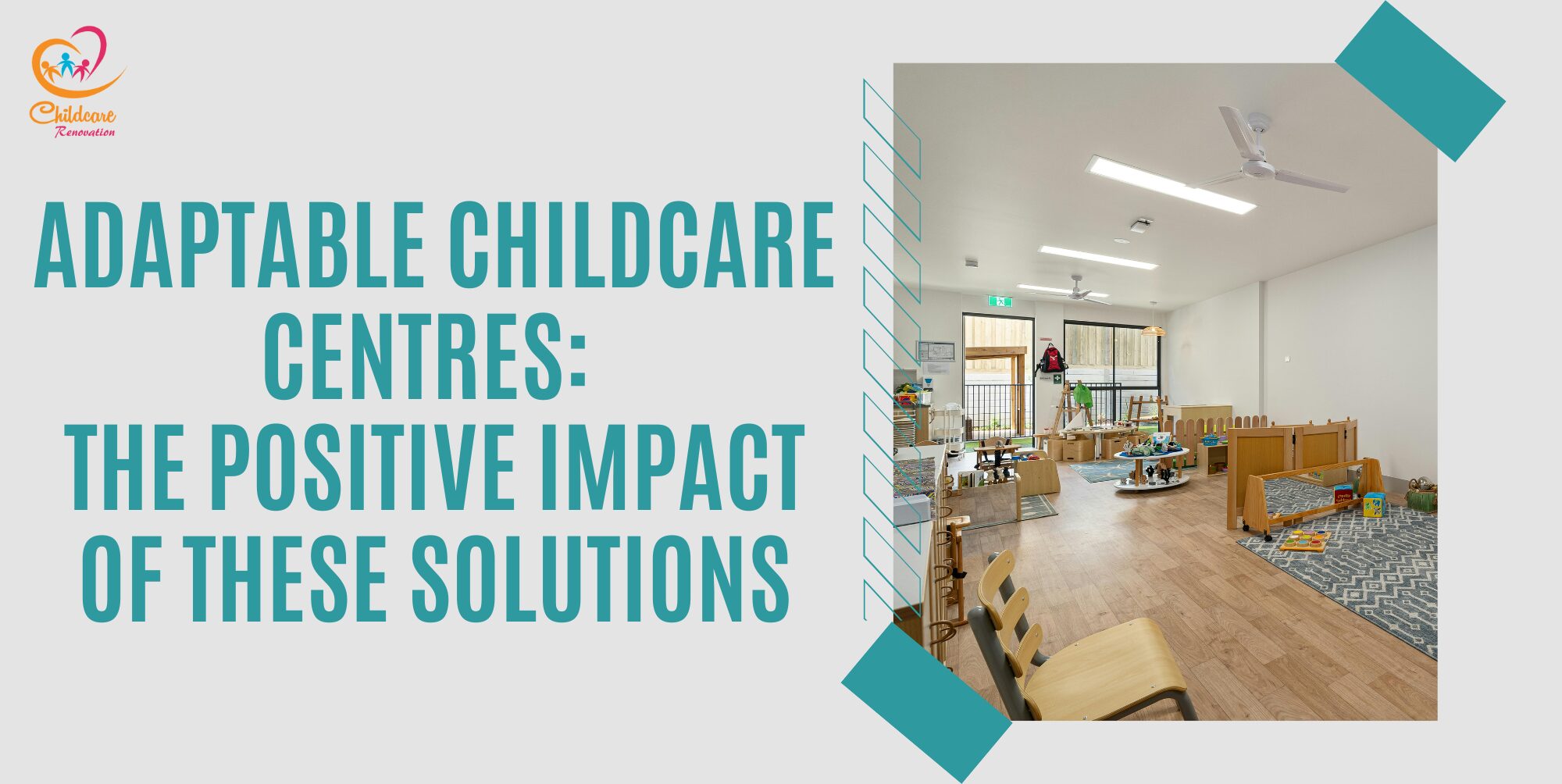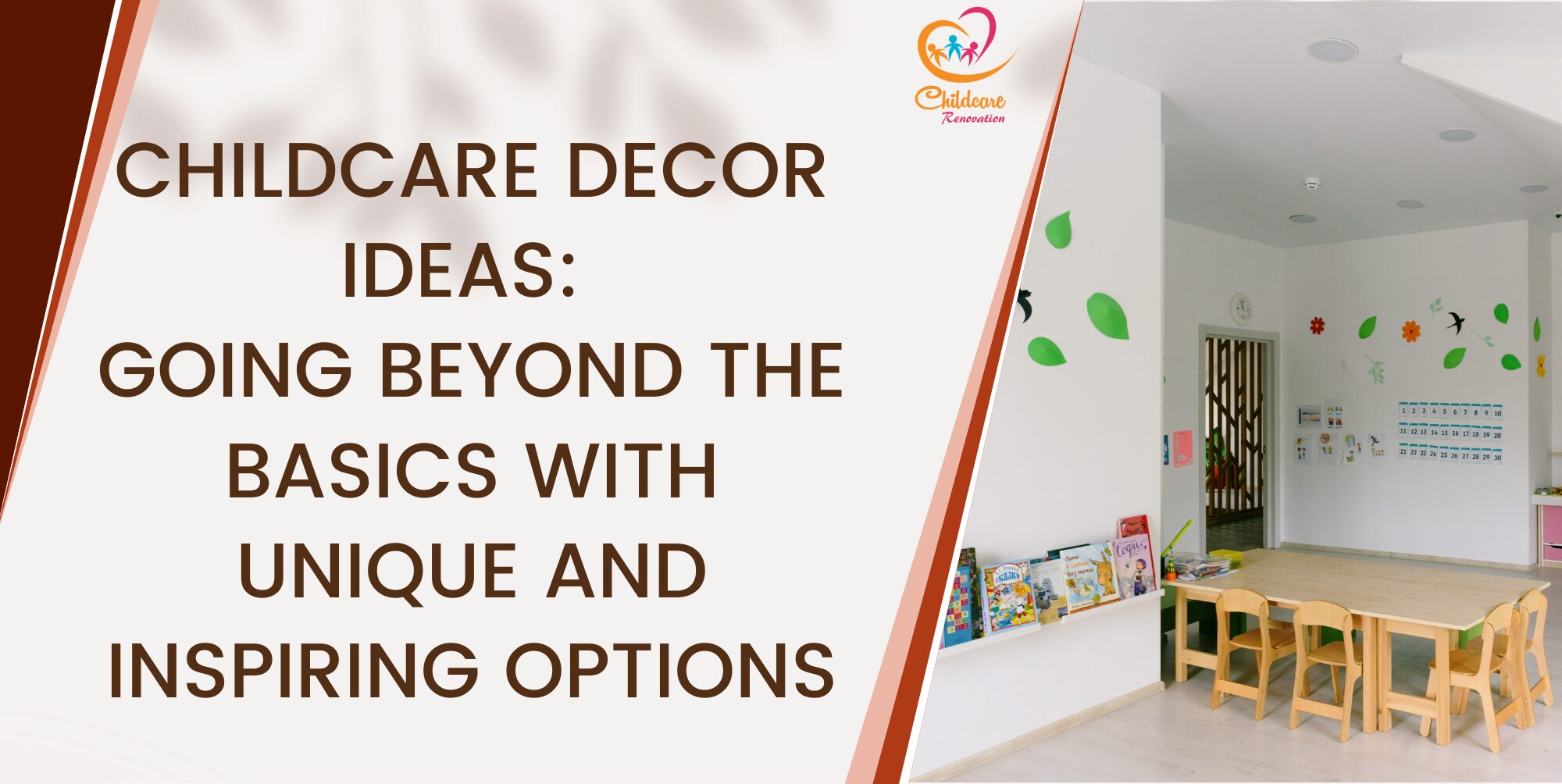Beautiful classroom and a functional setting is very much a possible feat when it comes to the interior decor of the establishment. It is important to create an engaging and well-rounded environment for children to thrive in. Here are 4 amazing ways to beautify the decor of a classroom setting effortlessly while making it a functional space.
Beautiful Classroom Ideas #1: Theme-Based Concept

Image Credit: Canva
Theme-based concepts can be a powerful aspect when it comes to transforming spaces as it offers a cohesive and immersive environment that can significantly enhance both aesthetic appeal and functional use. For instance, in educational settings, theme-based design can make classrooms more engaging and conducive to learning. A nature-themed classroom might feature green walls, potted plants and nature-inspired murals; therefore, creating a calm and inviting atmosphere that fosters focus and relaxation among children.
Similarly, a space-themed room with stars, planets and rockets can spark curiosity and excitement among children about science and astronomy Underwater-themed classrooms can be adorned with shades of blue, fish, and coral, which can create a serene learning environment alongside making the space feel vibrant and dynamic. Decor based on themes is not just dependant on visuals, it can also extend to furniture and lighting; thus, enhancing the overall experience. For instance, in a nature-themed space, wooden furniture and natural light can further reinforce the theme.
The key to effective theme-based concepts lies in consistency and attention to detail which is helpful in ensuring that all elements incorporated work together harmoniously. This approach not only makes the space visually appealing but also creates a specific mood or atmosphere that supports the intended purpose. Moreover, thematic designs can be tailored to make the space more educational and inspiring. By creating a cohesive and immersive environment, theme-based approach can transform ordinary spaces into extraordinary ones; therefore, enhancing both their aesthetic and functional value.
Beautiful Classroom Ideas #2: Interactive Walls

Image Credit: Canva
Interactive walls are a key element in modern classrooms especially in fostering an engaging and dynamic learning environment. These walls can incorporate features like chalkboard paint, magnetic surfaces, whiteboards, and interactive digital displays which serve as versatile educational tools. Chalkboard and whiteboard walls invite students to actively participate in lessons, jot down ideas, solve problems and work with their with peers in a hands-on manner. Magnetic walls add another aspect of functionality which allows for the easy attachment of educational materials which can be rearranged effortlessly to suit different activities and lessons.
Interactive whiteboards or smart boards help to elevate the learning experience by integrating multimedia resources. This is helpful when it comes to enabling teachers to present interactive lessons that include videos and animation. These aspects and elements can also facilitate interactive games and activities that make learning more fun and memorable for students. Additionally, interactive walls can be used to cater to specific subjects and themes; hence, providing a constantly evolving visual experience that keeps students engaged and curious.
Interactive walls also help to promote social skills and teamwork. Students working together using these elements will learn to communicate, collaborate and problem-solve collectively. They are able foster an inclusive environment where every student can contribute and see their ideas valued and displayed. This active involvement in the learning process can help in boosting the confidence and enthusiasm of young students.
In conclusion, interactive walls are a powerful addition to any classroom which aids in blending traditional teaching methods with modern technology and hands-on learning. They transform spaces into dynamic educational environments; thus, enhancing student engagement, fostering creativity and supporting collaborative learning. By utilising these versatile tools, educators can create more interactive, inclusive and stimulating learning experiences that cater to diverse learning styles and needs.
Beautiful Classroom Ideas #3: Seating Arrangement

Image Credit: Canva
Creative seating arrangements in classrooms can significantly enhance the learning experience by encouraging collaboration, increasing comfort and paving a path for diverse learning styles. One popular approach is flexible seating which is helpful in providing students with a variety of seating options beyond traditional desks and chairs. This might include bean bags, floor cushions and standing desks where students can sit on the floor. By offering choices, students can select the seating arrangement that best suits their learning preferences and physical comfort; hence, encouraging a sense of engagement.
Group seating is another effective strategy in which desks or tables are arranged in small groups. This setup encourages group work and peer interaction alongside creating an environment for cooperative learning and communication skills. It can also be adjusted easily for individual work or class discussions, thus, providing versatility in teaching methods. For younger students, designated seating areas can add an element of fun and imagination to the classroom. Reading nooks with comfortable chairs and a bookshelf can become a cozy spot for independent reading while a cafe style area with small tables and chairs can be used for collaborative projects or snack time.
Incorporating non-traditional seating like stability balls or wobble stools can also be an interesting aspect by allowing subtle movement which can help improve focus and concentration. For classrooms with limited space, multi-functional furniture such as foldable chairs and stackable stools can be a practical solution as it allows for quick reconfiguration based on the activity.
Finally, ensuring that the seating arrangement supports the teacher and teaching materials is crucial. Creative seating should enhance and not hinder the learning process. By thoughtfully implementing these diverse seating options, teachers can create a dynamic and inclusive learning environment that caters to the needs and preferences of all students; therefore, fostering both academic and social development.
Beautiful Classroom Ideas #4: Incorporating Technology

Image Credit: Canva
Incorporating technology elements in classrooms transforms traditional learning environments into dynamic and interactive spaces that foster student engagement and enhance educational outcomes. Interactive whiteboards give room for teachers to present multimedia lessons that cater to various learning styles as it combines visual and audio based elements. These smart boards can be used for interactive lessons where students can participate directly by solving problems, playing educational games or collaborating on projects in real-time. Additionally, tablets and laptops provide students with access to a wealth of online resources and educational software which indirectly enables personalised learning experiences. Students can progress at their own pace, review materials according to the requirement and explore subjects in greater depth through interactive apps and virtual simulations.
The integration of educational platforms such as Google Classroom or Microsoft Teams strenghtens communication and collaboration between teachers and students, This can also act as a centralised hub for assignments, feedback and resources. Furthermore, this is a key way when it comes to introducing students to critical 21st-century skills, promoting problem-solving, creativity, and logical thinking. Virtual reality and augmented reality tools can transport students to immersive environments such as historical landmarks all around the world or the depths of the ocean, which helps in providing experiential learning beyond textbooks.
To ensure the effective integration of technology, professional development for teachers is extremely essential. Educators must be equipped with the skills and knowledge to utilise these tools effectively; thus, ensuring that technology enhances rather than distracts from learning. Finally, creating a classroom culture that embraces technological innovation while maintaining a balance with traditional teaching methods is key. This well-rounded approach to technology integration prepares students for the future, equipping them with the digital literacy and critical thinking skills necessary to succeed in the ever developing world.
Speak with The Experts
Planning to get started at your kindergarten but have no idea about it?
Childcare Center Renovation Singapore is a reliable company for renovation and interior design. They have about ten years of experience in this field and have a good reputation among customers.
Call us now to get your desired kindergarten design ideas now!












